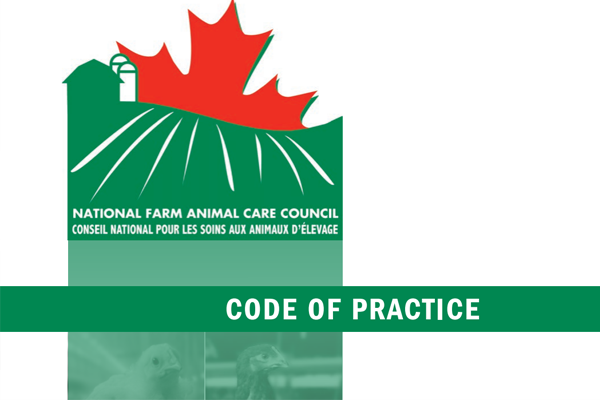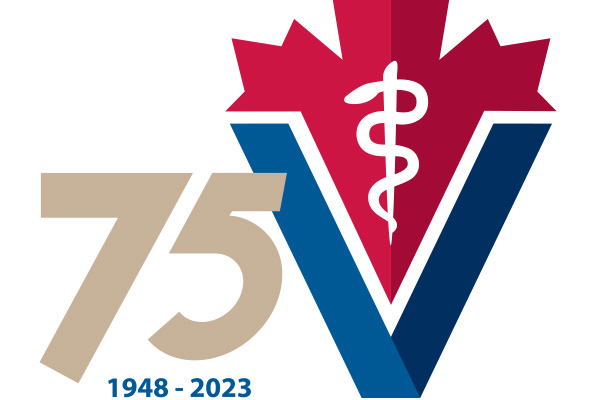Canadian retailers are committed to supporting the transition away from conventional hen housing and advancing animal welfare in Canada.
A transition plan has been developed through the National Farm Animal Care Council – a group that includes the expertise of farmers, processors, retailers, restaurants, academics and animal welfare groups to establish animal welfare standards based in science. Under this plan, the Canadian egg industry is already moving away from traditional hen housing, changing to alternative models that are better for hen welfare, including enriched, free-run and free-range.
Between 2016 and 2022, the proportion of hens in enriched colony housing quadrupled (to 33%), and the amount of free-range, free run, and organically fed hens doubled (to 20%). This past year marked the first year ever in which less than half of layer hens in Canada (47%) were in conventional hen housing. That is down from 82% as recently as 2016. Projections for future years show that this strong trend is expected to continue.
The current plan is making real progress on improving housing for hens, while ensuring that Canadian families continue to have access to the foods they rely on.
Learn more about layer hen welfare

NFACC Codes of Practice
Learn how NFACC Codes of Practice are developed.

Current Layer Hen Code of Practice
The current Code of Practice for the Care and Handling of Pullets and Laying Hens was released in 2017. It lays out the transition to alternative housing, as well as detailed standards and best practices for all aspects of layer hen welfare.

Canadian Veterinary Medical Association Statement
LEARN MORE: Read the Canadian Veterinary Medical Association’s position on various types of hen housing systems.

Hen Housing Types
There are several different styles of hen housing – visit the Egg Farmers of Canada website to learn more about each system.
